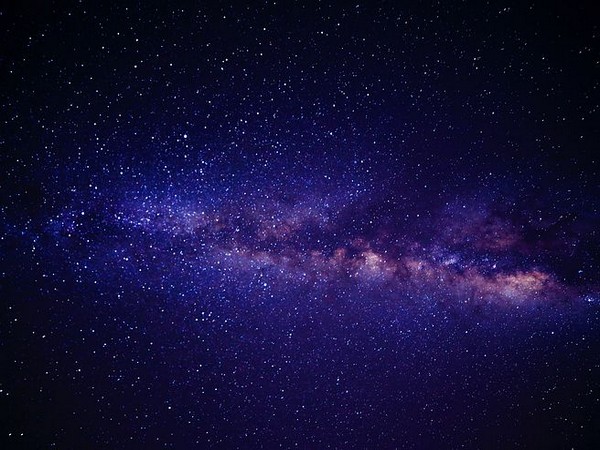Astronomers discover new type of neutron star in unusual galactic graveyard

An international team of astronomers have discovered a new kind of neutron star - an extremely dense remnant of supernova explosion of a massive star - in an unusual stellar graveyard. It rotates extremely slowly, completing one rotation every 76 seconds.
Named PSR J0901-4046, the new neutron star seems to have at least seven different pulse types, some of which occur at regular intervals. According to the researchers, the new discovery is unlike anything seen so far and it could belong to the theorised class of ultra-long period magnetars - stars with extremely strong magnetic fields.
Led by Dr Manisha Caleb, formerly from the University of Manchester and now at the University of Sydney, the MeerTRAP team made this discovery using the MeerKAT radio telescope in South Africa. Research collaborators include the 77-person ThunderKAT team, co-led by the Universities of Cape Town and Oxford.
"This is the beginning of a new class of neutron stars. How or whether it relates to other classes is yet to be explored. There are likely many more out there. We need only look," said Dr Caleb.
The MeerKAT radio telescope, located 90 km outside the small Northern Cape town of Carnarvon, is an array of 64 interlinked receptors, each of which consists of an antenna positioner, a set of radio receivers and a set of associated digitisers.
The findings are published in Nature Astronomy. More information can be found here.










